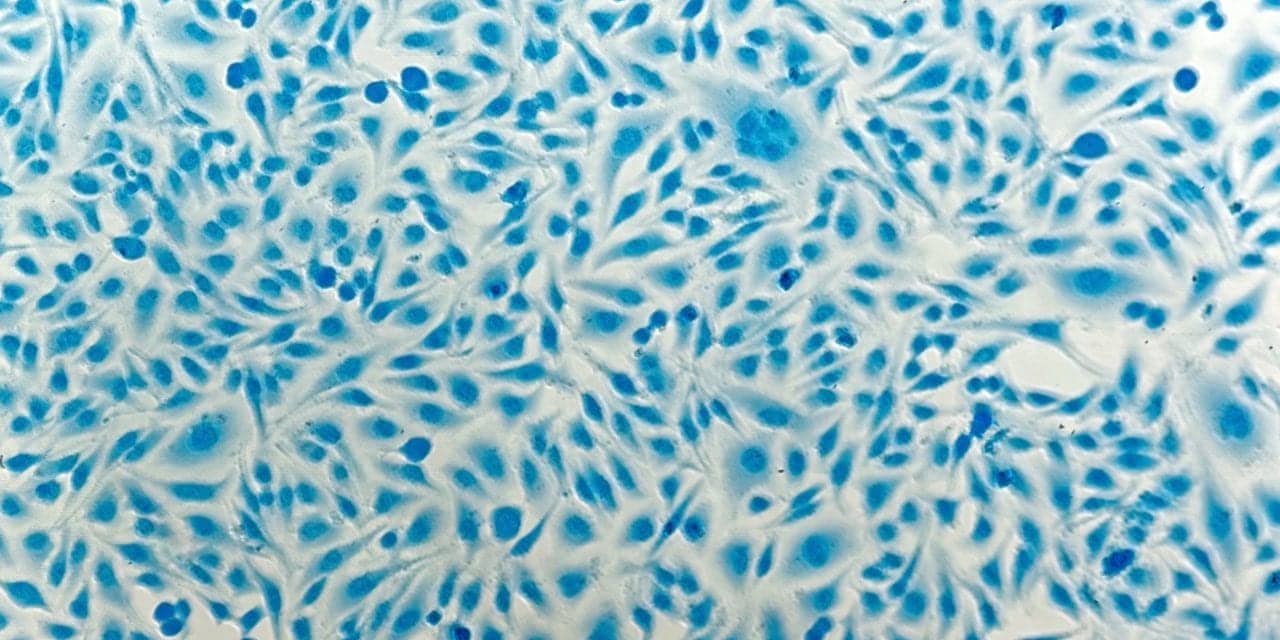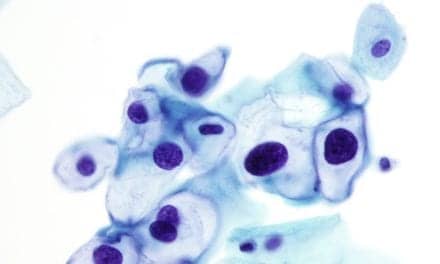A Health Trends study from researchers at Quest Diagnostics, Secaucus, NJ, and the University of Pittsburgh Medical Center shows that the human papillomavirus (HPV) screening test is significantly less likely to detect cervical cancer and precancer than cotesting, a method that combines HPV and Pap (Papanicolaou test by liquid-based cytology) testing using the same specimen.1 The study is the largest to date to assess the performance of guideline-recommended cervical cancer screening methods in a diverse population of American women in real-world care settings. It reveals stark differences in the performance of the various recommended methods in detecting cancer and precancers in women 30 years of age and older. The Health Trends study assessed sensitivity rates of HPV alone, Pap alone, and cotesting in detecting cancer and precancer of the cervix in nearly 19 million deidentified cotest results performed by Quest Diagnostics on behalf of 13.6 million women in the United States from 2010 to 2018. Of these cases, 1,259 were diagnosed with cervical cancer—twice the number of diagnosed cancer cases as the next largest study.2 “This Health Trends analysis of a notably large and diverse population firmly validates the critical role of cotesting as a cancer and precancer screening method for women 30 and older,” says R. Marshall Austin, MD, PhD, emeritus professor of pathology, University of Pittsburgh Medical Center. “It should put to rest any notion that HPV alone achieves the same bar for quality cancer screening.” Among the key findings:
- HPV and Pap testing alone fails to detect twice as many women who develop cervical cancer as cotesting. Of 1,615 cotests taken at any time prior to a cancer diagnosis, 86.9% were positive by cotesting, a nondetection rate (also known as false negative) of about 13.1%. By comparison, Pap and HPV testing alone had nondetection rates nearly twice as high: Pap at 26.4% and HPV at 28.4%.
- Cotesting detected significantly more women who developed biopsy-confirmed adenocarcinomas, a typically aggressive form of cervical cancer, identifying 82.3% of this cancer compared to only 61.2% by HPV and 59.7% by Pap.
- HPV test fails to identify one in five women who develop cancer when performed within a year of cancer diagnosis. Among women screened within one year of a cancer diagnosis, the non-detection rate for HPV testing alone was 22.5%, nearly 1.5 times higher than Pap (14.9%) and four times higher than cotesting (5.9%).
- Cotesting detected more women who developed biopsy-confirmed precancers than HPV or Pap alone, identifying 95.6% of these precancers, compared to 92.6% by HPV and 77.9% by Pap.
“While widespread screening has helped cut cervical cancer mortality by three-fourths in the past 80 years, this disease is still far too common,” says coauthor Harvey W. Kaufman, MD, senior medical director and director, Health Trends Research Program, Quest Diagnostics. “Because most cervical cancers develop in the absence of regular screening, ensuring women have access to the most reliable screening method, cotesting, when they are screened is an essential step in lowering mortality from this disease.” “For women who may otherwise not be screened at all, there is no question that cytology or HPV primary are useful screening technologies,” says Damian P. Alagia, III, MD, senior medical director of woman’s health for Quest Diagnostics. “Yet that should not obscure the fact that cotesting is fundamentally the better screening option for women and is widely available in the United States.” For more information, visit Quest Diagnostics. References
- Austin RM, Onisko A, Zhao C. Enhanced detection of cervical cancer and precancer through use of imaged liquid-based cytology in routine cytology and HPV cotesting. Am J Clin Pathol. 2018;150:385-392. doi.org/10.1093/ajcp/aqy114.
- Adegoke O, Kulasingam S, Virnig B. Cervical cancer trends in the United States: a 35-year population-based analysis. J Woman’s Health.2012;21(10):1031-1037. doi: 10.1089/jwh.2011.3385.
Featured image:
HeLA cervical cancer cells.





